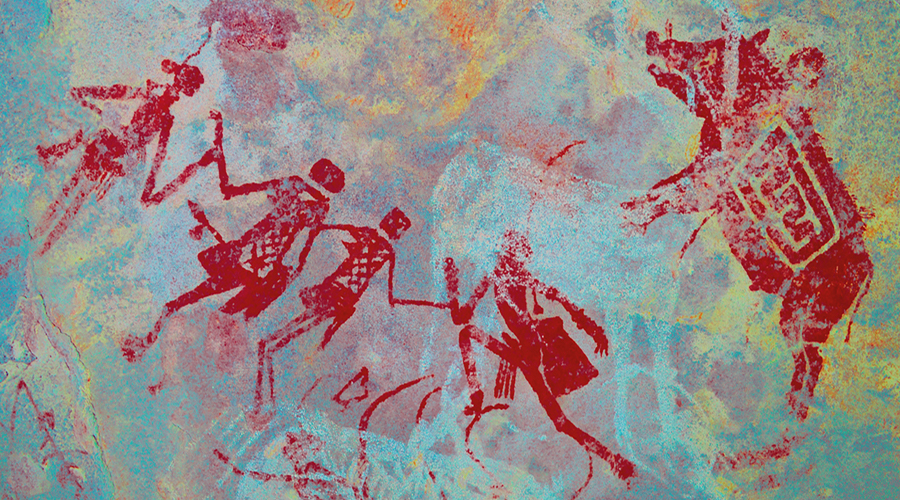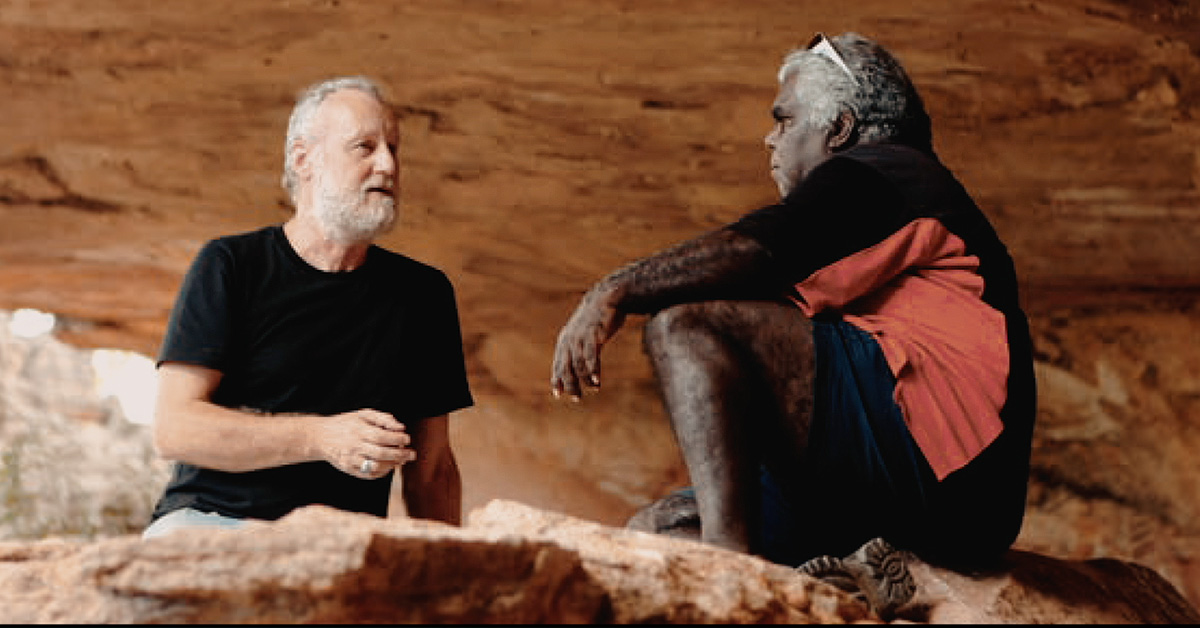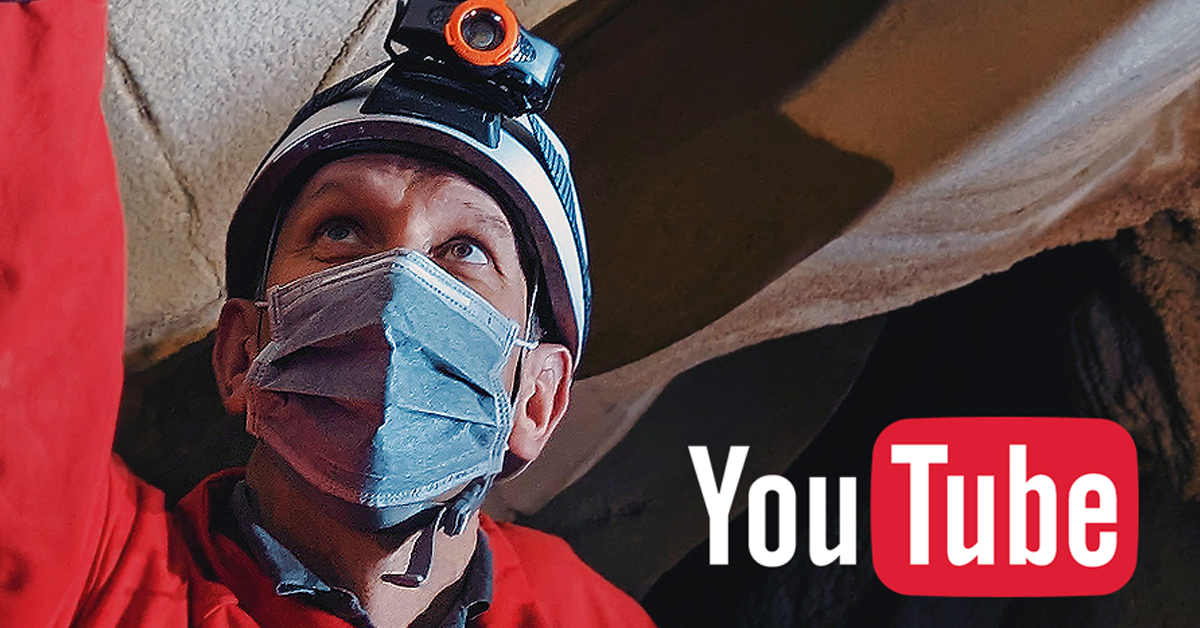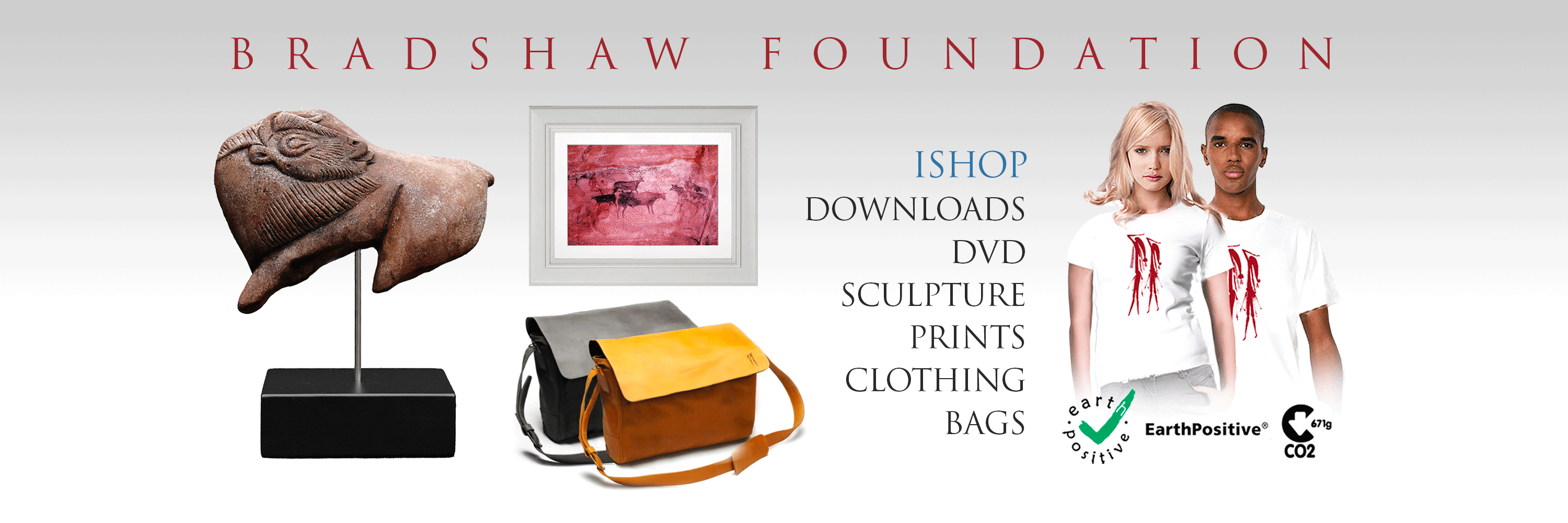


Saturday 13 June 2009 marked the official inauguration of the Centre de Ressources Jean Clottes - Jean Clottes Resource Center - at the Park of Prehistory, Tarascon-sur-Ariege, France.

Dr. Jean Clottes stated that three years ago, he and his wife Renee, now sadly departed, decided to bequeath his life's work in prehistory - over 4,000 books, numerous journals, archives and reprints, and some 60,000 slides - to the Park of Prehistory, Tarascon-sur-Ariege, France. The collection of works are now being housed in a purpose-built documentation centre, named after the eminent prehistorian. To celebrate this, a new and extensive exhibition entitled 'The Art of Origins, Origins of Art' was planned to coincide with the Center's opening. Jean Clottes hopes that this will not only attract researchers, but that it will also encourage the donation of books, archives and even objects from both academics and members of the public.
The new International Center of Rock Art includes exhibition space of 500 sq.m., a 120-seat auditorium and a library. With this new development, the Park of Prehistory at Tarascon-sur-Ariege achieves 'museum' status. The exhibition marked three years of collaboration between the research unit Sesta Carole Fritz Gilles Tossello and the TRACE Center Carthailhac Emile of Toulouse. Having unveiled the Jean Clottes Resource Center, Dr Jean Clottes, surrounded by his extended family, visited the premises with the attending officials before giving a speech.
'Art of Origins, Origins of Art'
The exhibition charts the expression of art from 'the beginning of time', from the early appearance of basic motifs 50,000 years ago right up to its disappearance 8,000 years ago. The exhibition attempts to answer why prehistoric artists created in the first place. When did art become a concept? What was its purpose?
Split in to 9 modules, the exhibition identifies the main characteristics of prehistoric art, whilst also attempting to identify its very birth. It also examines some of the similarities in art between sites which are distant from each other.
With cutting-edge technology, scenographic and didactic effects have been designed to allow visitors to comprehend the sometimes elusive and complex characteristic shapes and figures of prehistoric art, and to demonstrate the context of its creation. The facsimile of an actual cave - Marsoulas cave - has been created to show the paintings and carvings as they would have appeared 14,000 years ago.

Authentic artefacts are displayed, many for the first time, such as the famous spear-thrower 'le faon aux oiseaux' found in Mas d'Azil cave, the grasshopper engraved on a bone found in Enlene cave, and several carvings and sculptures from Isturitz cave. Some miniature artefacts of portable art have been reproduced in larger size, to demonstrate the exquisite work and skill of the prehistoric artists.

A whole module of the exhibition is devoted to prehistoric fauna. Skeletons of a mammoth and a cave bear have been constructed. An illustrated panorama displays the faunal evolution during Palaeolithic times.

The exhibition at the Prehistory Park in Tarascon will run through to 2011.
Prehistoric Park
Route de Banat
09400 Tarascon-sur-Ariege, France
Tel. +33 (0) 5 61 05 10 10
www.grands-sites-ariege.fr
info@grands-sites-ariege.fr
BRADSHAW FOUNDATION
by Bradshaw Foundation
Monday 30 May 2022
by Bradshaw Foundation
Wednesday 19 January 2022
by Bradshaw Foundation
Thursday 06 January 2022
by Bradshaw Foundation
Monday 06 December 2021
by Bradshaw Foundation
Monday 29 November 2021
by Bradshaw Foundation
Monday 25 October 2021
by Bradshaw Foundation
Monday 12 July 2021
by Bradshaw Foundation
Monday 24 May 2021
by Bradshaw Foundation
Tuesday 20 April 2021
by Bradshaw Foundation
Thursday 01 April 2021
by Bradshaw Foundation
Tuesday 23 February 2021
by Bradshaw Foundation
Thursday 14 January 2021
by Bradshaw Foundation
Friday 18 December 2020
by Bradshaw Foundation
Sunday 06 December 2020
by Bradshaw Foundation
Thursday 26 November 2020
by Bradshaw Foundation
Wednesday 07 October 2020
by Bradshaw Foundation
Monday 30 May 2022
by Bradshaw Foundation
Wednesday 19 January 2022
by Bradshaw Foundation
Thursday 06 January 2022
by Bradshaw Foundation
Monday 06 December 2021
by Bradshaw Foundation
Monday 29 November 2021
by Bradshaw Foundation
Monday 25 October 2021
by Bradshaw Foundation
Monday 12 July 2021
by Bradshaw Foundation
Monday 24 May 2021
by Bradshaw Foundation
Tuesday 20 April 2021
by Bradshaw Foundation
Thursday 01 April 2021
by Bradshaw Foundation
Tuesday 23 February 2021
by Bradshaw Foundation
Thursday 14 January 2021
by Bradshaw Foundation
Friday 18 December 2020
by Bradshaw Foundation
Sunday 06 December 2020
by Bradshaw Foundation
Thursday 26 November 2020
by Bradshaw Foundation
Wednesday 07 October 2020
Friend of the Foundation











